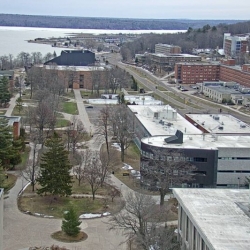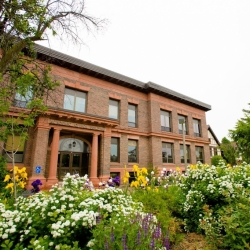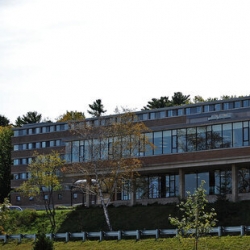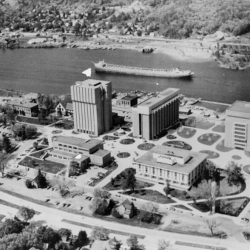Michigan Tech's campus plan, was originally adopted in 1966 and supplemented in 1993, 1999, and 2006. We've used it, and other sound planning principles, to create facilities which fulfill immediate needs, fit the aesthetic and historical context of our campus, have a long useful life, and serve future users whose needs may not yet have been articulated.

Fresh Look Scenarios Plan Report (2002)
Michigan Tech engaged in a process to generate future-oriented schematic "visions" of what a "fully developed" MTU campus might look like. The outcome was not intended to be a thorough campus-wide master plan.

Campus Master Plan 1999 Amendment
The 1999 study area was restricted to the campus' academic core and more specifically to the integration of the four capital outlay projects into the campus fabric. Due to the interrelationship of the academic core to the facilities and land south of US41, the study did include a cursory look at this area for the establishment of pedestrian linkages and location of parking structures.

Campus Master Plan 1993 Supplement
As an update to the 1966 Campus Master Plan, this Master Plan Supplement focuses on the central core of campus (located North of US41) which serves as the academic center and focal point of the campus. This document responded to a lowered projected enrollment (6,500-7,000 rather than the original 9,000), increased graduate student population, and the desire to combine research and instruction within the campus core. Some suggestions in the plan included: (1) Create an internal open space area at the heart of the academic core, (2) Continue to use of brick and stone in exterior building facades, (3) Combine research and instructional facilities within the academic core and with a 10-minute walk, and (4) Explore opportunities to utilize off-campus space for housing, storage and non-academic functions.

Guide to Future Physical Development (1966)
Michigan Tech's 1966 Campus Master Plan was created to help determine guidelines for the future physical growth of the campus in Houghton. It focused on maintaining the character of an engineering and science education and preparing for potential future enrollment of 9,000 and assumed 75% of the student body would live on campus. It also studied traffic patterns and parking. The plan concept consisted of three key sections: West, East, and South. The West section included virtually all academic facilities. The East section centered around housing and parking. The South section was a longer distance from the lower campus and was concentrated on for athletic facilites and additional commuter parking.